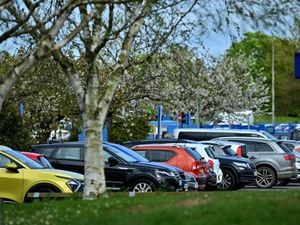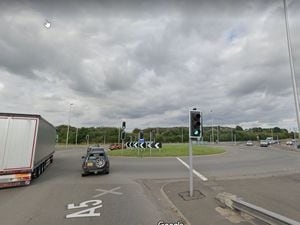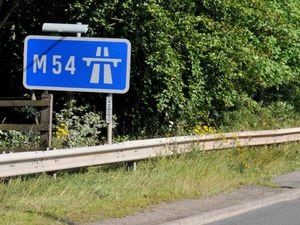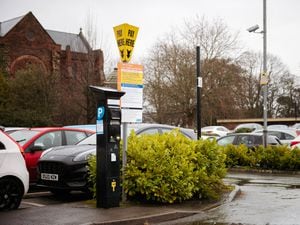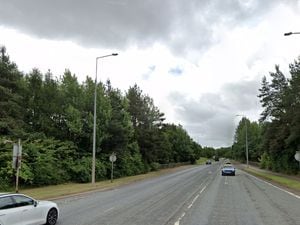Revealed: Motorists in Shropshire cover 2.9 billion miles in a year
Motorists covered enough mileage on the Shropshire's roads last year to take them around the world tens of thousands of times, figures show.
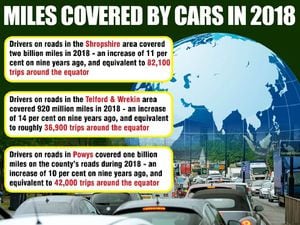
But as road traffic rises across Britain, the walking and cycling charity Sustrans said the figures "call for urgent action" to protect public health from pollution.
Newly released Department for Transport data shows cars, taxis, lorries and other road vehicles covered 2.9 billion miles on Shropshire roads in 2018, equivalent to about 118,100 trips around the equator.
In Telford & Wrekin it was up 14 per cent from nine years earlier, and 11 per cent in the Shropshire Council area, from nine years earlier when some local authorities merged.
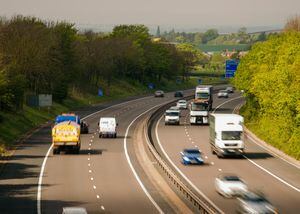
In Powys, vehicles covered one billion miles in 2018, making up 40,200 trips around the equator.
Across Britain, the number of vehicles on the roads is more than 10 times higher than in 1949. They covered more than 300 billion miles in the last year alone.
Cars and taxis drove much of this increase, and account for four-fifths of road traffic today.
Rachel White, head of public affairs at Sustrans, said this over-reliance on cars is "damaging our health and our environment", with current transport policies not doing enough to promote sustainable modes of transport.
Backlog
With more motors on the go, the Local Government Association warned congestion, rundown roads and air quality would be likely to worsen.
The group's transport spokesman, Martin Tett, also said greater government funding was needed to deal with a £9.3 billion road repair backlog.
He added: "If we’re to truly tackle air pollution, we need government support to enable us to deliver effective local plans, and robust national action to help the country transition to low-emission vehicles and power generation."
The data shows that an average stretch of road in Telford and Wrekin sees 3,803 vehicles pass through it each day.
This represents a nine per cent rise since changes to local authority districts in 2009, when an estimated 3,481 motors drove through.
The average stretch of road in Shropshire sees 1,736 vehicles each day – an 11 per cent rise on the estimated 1,561 motors in 2009.
Thurrock, in the East of England, has the fastest flow of traffic in Britain, with 8,358 vehicles passing through daily, and the Isles of Scilly in the South West the slowest: just 197 vehicles.
According to the DfT, road vehicles make up a quarter of the UK's carbon dioxide emissions, though improved fuel efficiency and growing sales of low-emission vehicles have seen CO2 pollution fall slightly since 2000, despite road miles rising.
A spokeswoman said the Government would invest more than £50 billion to reduce road congestion and potholes between 2015 and 2025, with further funds allocated for improving railways and public transport.
She added: "But we know we must reduce congestion while at the same time making our transport greener than ever, and our £1.5 billion Road to Zero strategy outlines a series of ambitious steps to encourage the transition to ultra-low emission vehicles."

